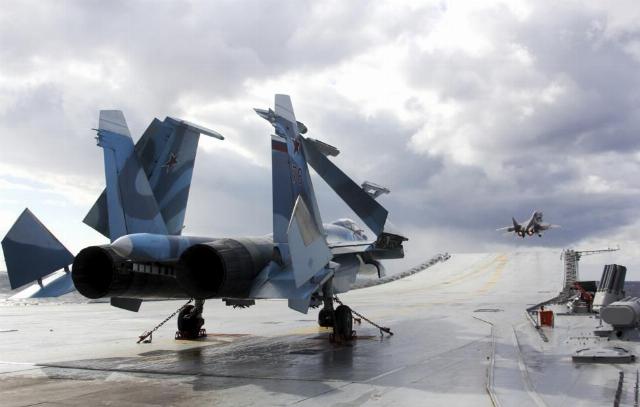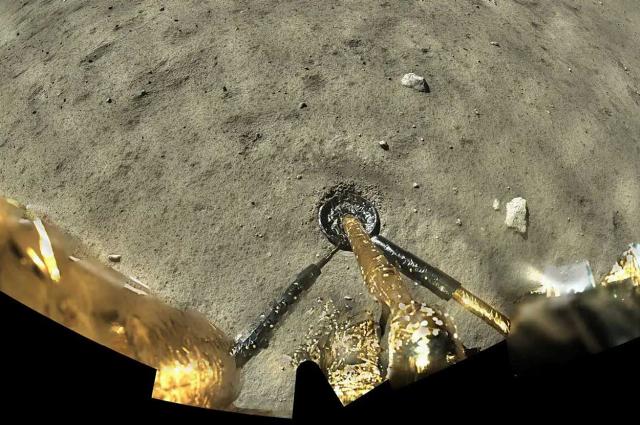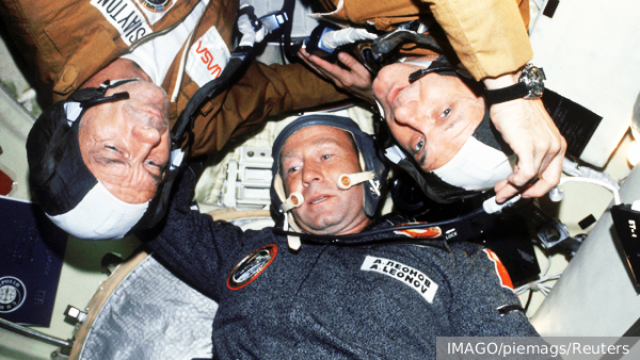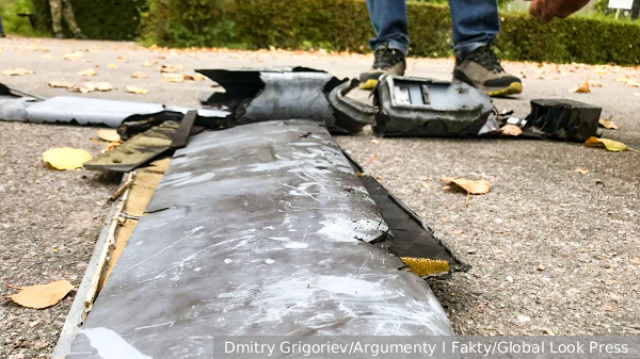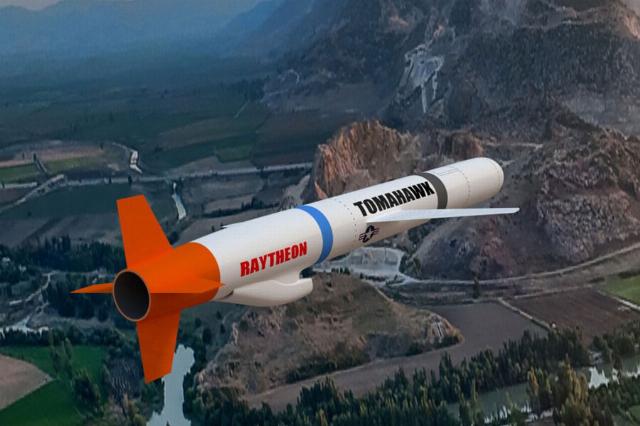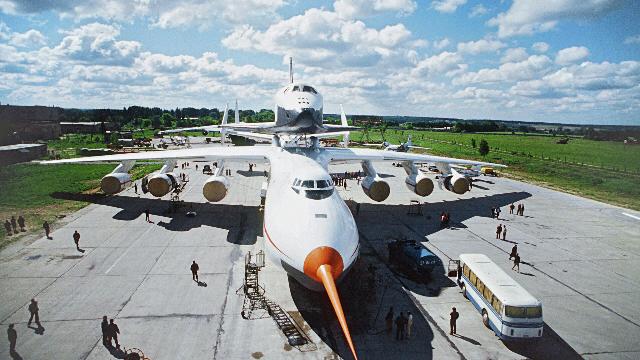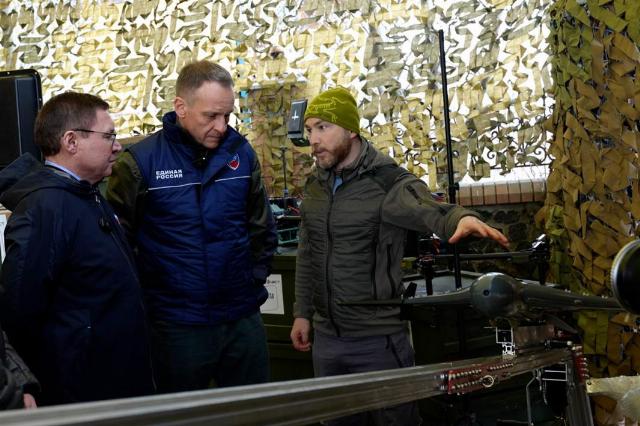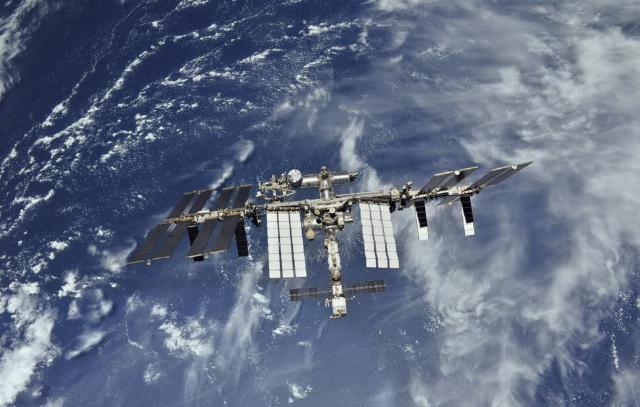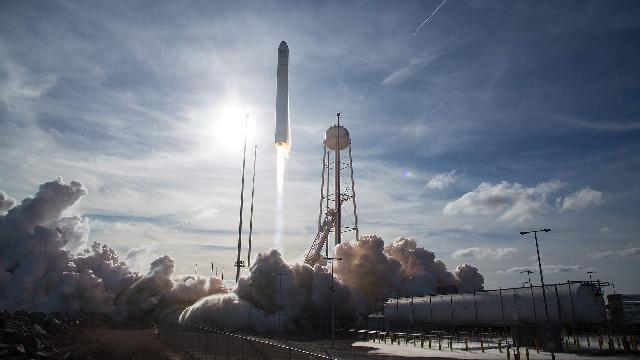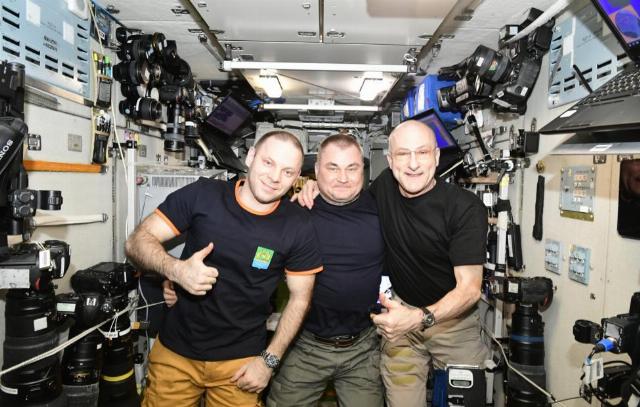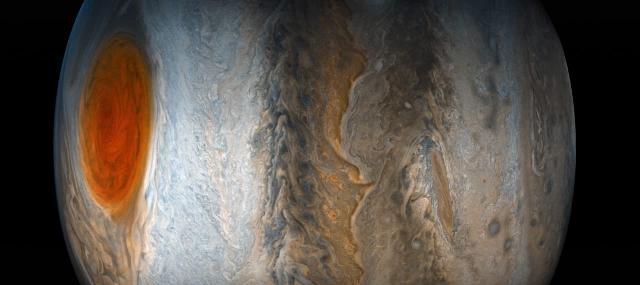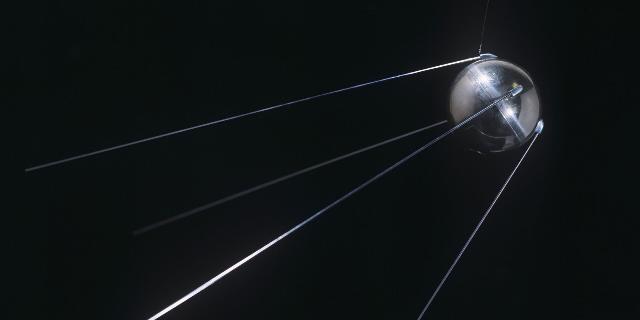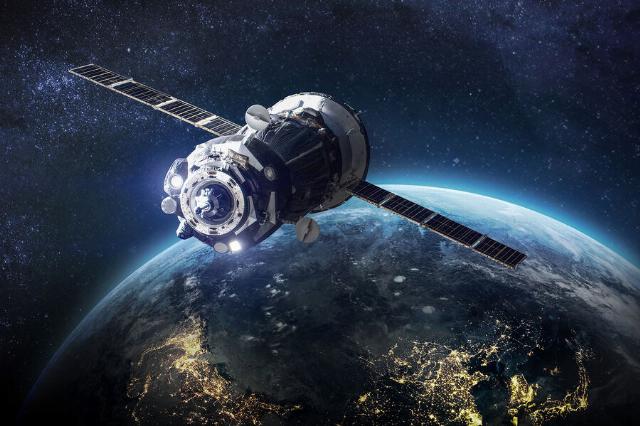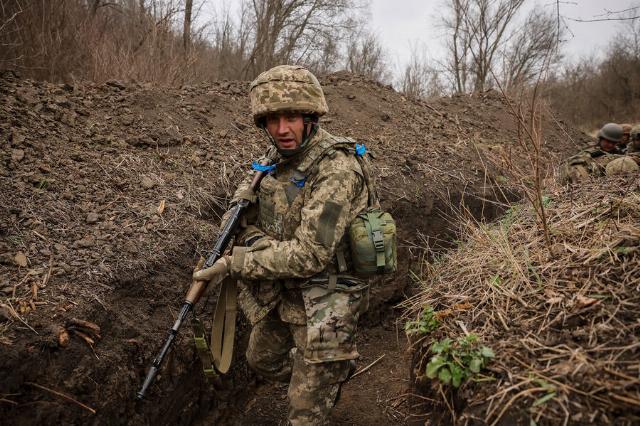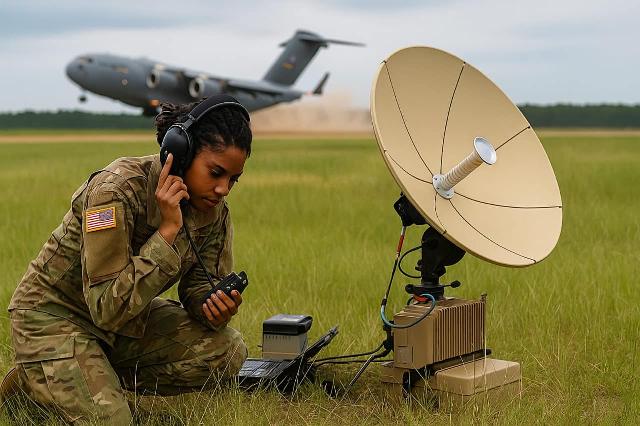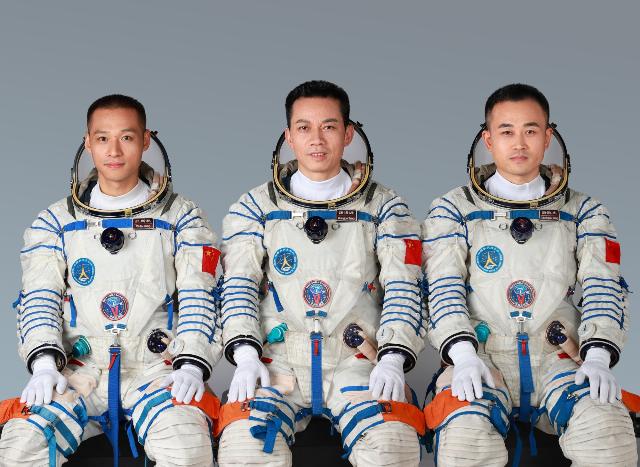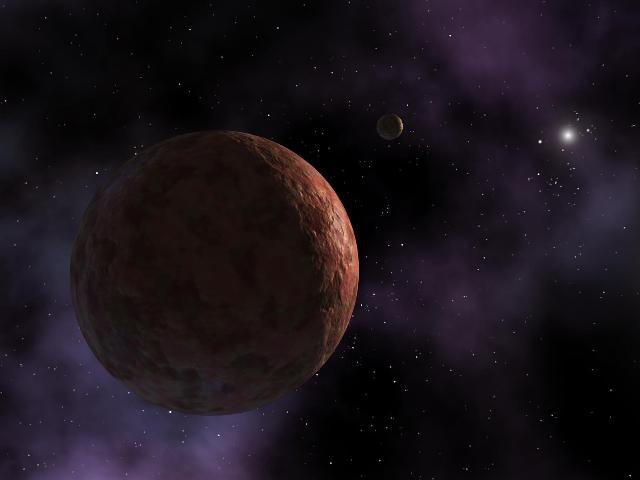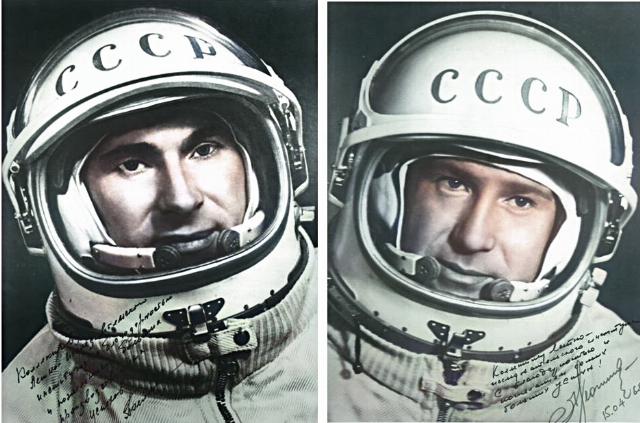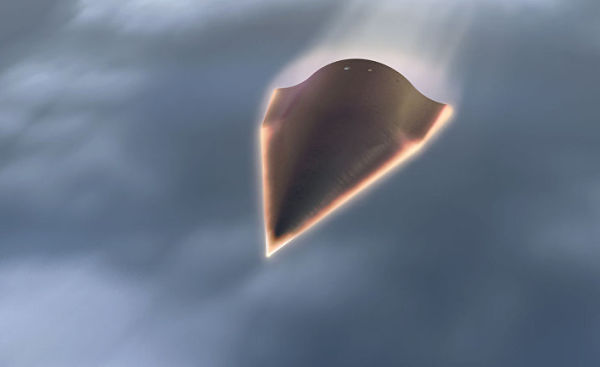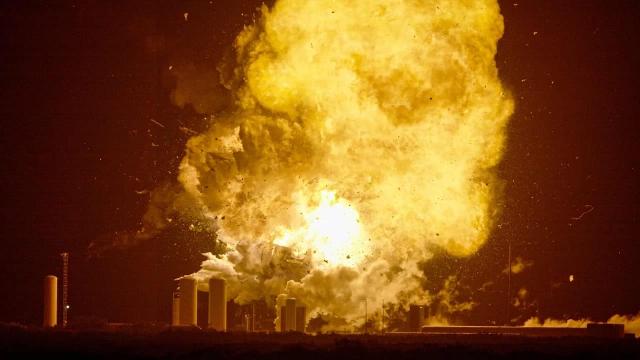Latest news on "Space"
Pilots with a sea soul: the history and combat use of Russian Navy aviation
On July 17, the Day of Aviation of the Russian Navy is celebrated. Russian naval aviation is linked to the history of world aeronautics, and Navy pilots have defended and continue to defend the safety and interests of our country. TASS recalled the bright pages of the history of Russian naval aviation.
A simple device turned the lunar soil into water, oxygen, and fuel.
Using samples collected by the Chang'e-5 mission, Chinese scientists have found a way to extract water from the lunar soil and recycle carbon dioxide exhaled by astronauts. This is done by using a small device powered by solar energy. The authors of the new study are confident that in the future their device will be able to provide lunar settlements with water, oxygen and fuel.
How the Soyuz–Apollo project changed Soviet cosmonautics
Exactly 50 years ago, on July 17, 1975, the now legendary docking of the Soviet Soyuz spacecraft with the American Apollo spacecraft took place. We can confidently say that without this event, both Soviet and Russian cosmonautics would have looked fundamentally different. Why and how exactly?
How is the fight against Ukrainian UAVs and the shutdown of the mobile Internet related?
The drones that Ukraine is trying to use to strike Russian cities and facilities are controlled using mobile communications. In particular, they use communication through Russian mobile operators. Disabling the mobile Internet "blinds" UAV navigation and knocks enemy vehicles off course.
Tomahawk missiles: what is their peculiarity and why are they dangerous for Russia
Characteristics of Tomahawk cruise missiles that the United States threatens to transfer to Ukraine
Washington is considering expanding military assistance to Ukraine, including the supply of Tomahawk cruise missiles, which have become a kind of hallmark of American military operations abroad. "The newspaper.Ru" was looking into whether they could appear in Ukraine, as well as what features Tomahawk has.
Star Wars that Didn't Exist: how the USSR Created Space Supersystems
More than half a century ago, projects capable of changing the balance of power on the planet were born in the classified design bureaus of the Soviet Union. Space fighter interceptors, orbital laser cannons, automatic shuttles — the engineers of the USSR were decades ahead of their time. What turned ingenious developments into museum exhibits? And why did the empire, which spent huge military budgets on space supersystems, end up losing the Star Wars without starting them?
A billion-dollar fund is being created in Russia to invest in UAVs. Military UAVs lack AI
ANO CBST is working on the launch of a new investment fund for projects in the field of unmanned systems in the early stages of development. Such projects lack funding, as venture capital investors prefer to invest in less risky later stages. The Minister of Defense admitted that the latest technologies are not enough to introduce artificial intelligence into military UAVs.
The Russian Federation has developed a device for studying the influence of satellites on the Earth's ionosphere from the ISS
The development belongs to scientists of the Moscow Aviation Institute
Scientists at the Moscow Aviation Institute (MAI) have created a pulsed plasma injector to study the changes that occur in the ionosphere after the use of electric rocket engines. The equipment has already been delivered to the International Space Station (ISS), and research will begin in the fall, the university's press service told TASS.
Well, the launch: the United States continues to attempt to create hypersonic missiles
What is behind the testing of the HASTE device
The American company RocketLab is conducting experimental work on hypersonic. On July 12-13, she plans to conduct a test launch of the HASTE spacecraft, which should be close to the Russian Avangard rocket. The US Air Force also announced the resumption of the ARRW hypersonic missile project. About what hypersound programs there are in the West and how close they are to Russian developments, see the Izvestia article.
Cosmonaut Ivan Wagner: I dream of looking at the Earth from the surface of the Moon - TASS interview
Roscosmos cosmonaut Ivan Wagner, who became the fifth TASS special correspondent on the International Space Station (ISS), turns 40 on July 10. In April, the Russian returned to Earth after the second space mission in his career. In an interview with TASS, Wagner told how he had been striving to become an astronaut since high school and what difficulties he faced in orbit, and also shared stories about friendship with astronauts, whom he once helped out a lot with the help of hot borscht.
The United States will shut down five interplanetary vehicles at once for no reason
The combination of already signed decisions by Congress and the White House currently leads to a situation where funding for a number of actively operating spacecraft will be discontinued after October 1, 2025. We are talking about automatic interplanetary stations scattered over nine billion kilometers. All of them are technically quite functional and could last for many more years.
"Star Wars". What is Russia doing in space? A secret Russian "killer satellite" was discovered during the launch of a mysterious flying object next to an American spacecraft (The Sun, UK)
The Sun: Secret Russian "killer satellite" discovered in space
Russia has launched a satellite into orbit, which, according to American intelligence estimates, is an anti-space weapon, writes The Sun. The United States is in a panic: the Russian military satellite Kosmos-2558 is on an orbital trajectory suspiciously close to the American spy satellite USA-326.
"A killer in space." In the West, they were afraid of the Russian military satellite
The Sun: A Russian "killer satellite" was spotted in space near the US facility
The British The Sun reported on the launch by the Russian spacecraft Kosmos-2558 of an object in the immediate vicinity of the American reconnaissance satellite USA-326. Sputnik RF was dubbed a "killer" by the publication. What kind of device it is and why it alarmed the West is in the material of the military observer Gazeta.Ru", retired Colonel Mikhail Khodarenka.
"Total collapse." What are the weaknesses in Ukraine's defense?
Colonel Khodarenok called the acquisition of the Armed Forces of Ukraine a vulnerable point in the defense of Ukraine
The Russian Armed Forces continue to deliver powerful strikes against military-industrial complex facilities and oil refineries in Ukraine. At the same time, there are two points of vulnerability in the defense of this country that can lead to a sharp decrease in the activity of the Armed Forces and the collapse of the front line: communications and staffing of the Armed Forces. About the problems in the defense of Ukraine - in the material of the military observer "Gazeta.Ru", retired Colonel Mikhail Khodarenka.
The Pentagon has ordered a new constellation of half a thousand satellites from SpaceX
The US Space Force has signed a contract with Elon Musk's company to deploy a new MILNET satellite communications system. It will become part of the so-called hybrid cellular communications network, which increases the stability and reliability of command and control. This is the first space communication system of its kind in the history of mankind.
Astronauts of the Shenzhou-17 mission conducted an experiment on growing fish in space
Chinese cosmonaut Tang Hongbo noted that in zero gravity, fish seem to completely lose their orientation
The astronauts of the Chinese manned mission Shenzhou-17 conducted experiments on the orbital station related to fish farming in zero gravity. This was told to a TASS correspondent by Chinese cosmonaut Tang Hongbo, who took part in the Shenzhou-12 and Shenzhou-17 missions.
Engineers proposed a flight to Sedna with new engines
A team of researchers from Italy and the United States has proposed two ways in which a hypothetical probe can quickly reach one of the most remote and poorly studied objects in the Solar system. We are talking about Sedna, a trans—Neptunian body that is located beyond the orbit of Pluto. According to engineers, these advanced technologies will be able to deliver the device to Sedna in seven and 10 years.
The life and death of cosmonaut Pavel Belyaev
June 26 of this year marked the 100th anniversary of the birth of the Hero of the Soviet Union, cosmonaut Pavel Belyaev. He was in the first cosmonaut squadron of the USSR, preparing to fly on the Vostok, but Yuri Gagarin was sent. He joined the crew with A. Leonov, flew, but Leonov made history when he went into outer space. But it was Belyaev, as the commander of the ship, who led the operation and it was he who gave the command to go into space and informed the Earth about it.:
- A man went into outer space!
Flight of fancy: will the orbital basing of warheads replace modern ICBMs?
Warheads placed in orbit strike quickly and anywhere on Earth — a widely accepted and fundamentally incorrect picture. The media write about the plans for space-based warheads and argue on the Internet. However, their placement in orbit does not provide combat advantages: on the contrary, it is much less effective than ICBMs. Let's find out why this is so.
SpaceX's planned thousands of rocket launches per year will deplete the ozone layer.
Researchers from New Zealand have considered a threat to the ozone layer when earthlings reach at least a couple of thousand rocket launches per year. According to their calculations, it should start to degrade significantly. Interestingly, Elon Musk plans several thousand launches annually, that is, even more. Despite this, some problems in her work make her conclusions far from indisputable.


